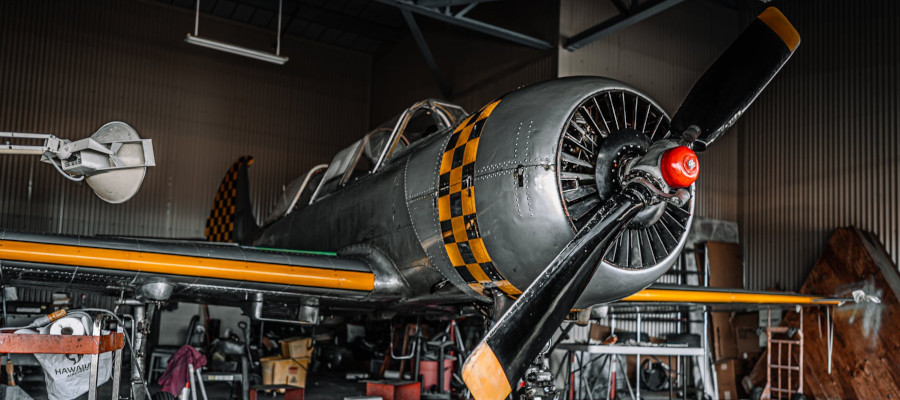The British Army Aeroplane No. 1 or Cody 1 debuted on October 16, 1908, taking off from Farnborough airfield near Aldershot, England, with French-born Lieutenant Colonel Thomas E Selfridge as the first passenger. It lasted for about one minute and covered a distance of approximately 200 yards (183 metres).
Cody 1 was designed by American born British Engineer Samuel Franklin Cody, who became known as one of the most important pioneers of aviation history alongside inventor and aviator Sir George Cayley. Cody’s aircraft consisted of a biplane with two superimposed rotary engines powered by forty horsepower Gnome Omega seven-cylinder radial.
It was not much, but it marked the beginning of aviation in Britain.
youtube embed code
Not Interested in Aeronautics
The early years of the 20th century saw a limited interest in aeronautical matters from Britain’s army. This was confined mainly to tethered balloons or kites, which were used for artillery observation purposes at this time. Many people didn’t believe what Wilbur and Orville Wright claimed about controlled flight.
An officially sanctioned experiment took place at Farnborough, where they built their first powered airship under supervision by Colonel JE Capper. It would also be known as Dirigible No-1 Nullius Secundus (the second one).
Ultimately, the Wright brothers weren’t the only ones toying with powered aircraft. In late 1907, J. W Dunne was building gliders in collaboration with Capper and his team at Blair Atholl, where they would often test these creations on thermals or updrafts just north of their country estate near Forresford Castle.
When Did Sam Cody Arrive in Britain?

In early 1908 an American engineer named Sam Cody arrived from America who had been hired by Scotland’s Director-General James twice as part of a secret project: creating what we now know as aeroplane wings! After much hard work, coupled with a brilliant technical mind, he built this first machine that could fly.

